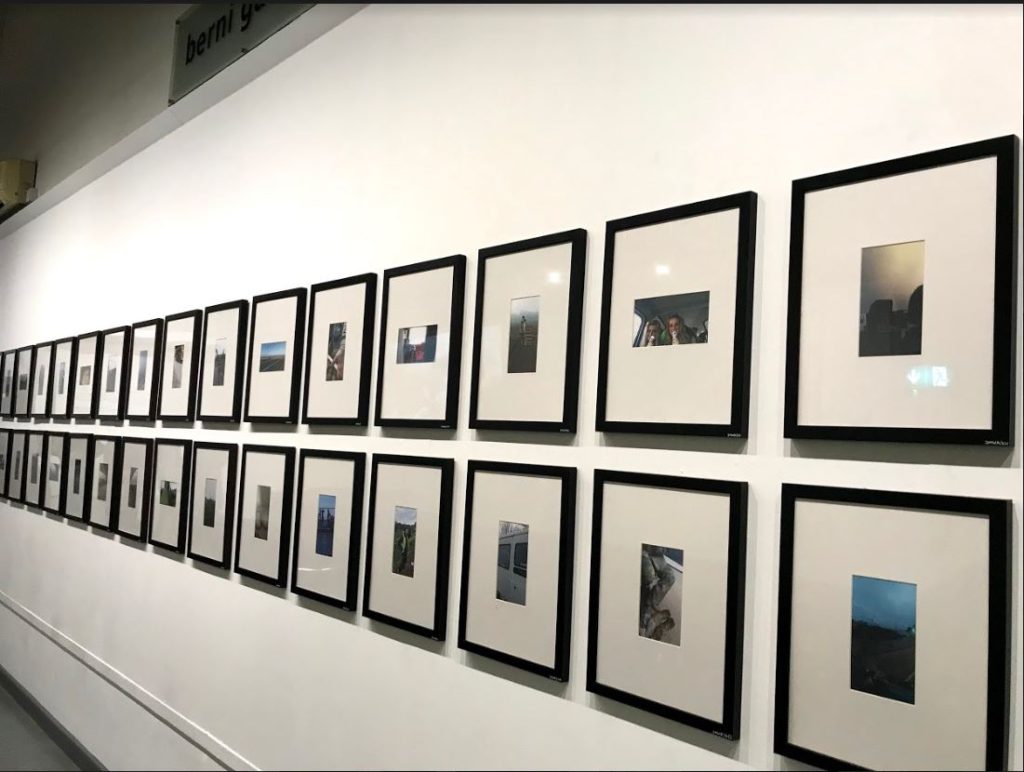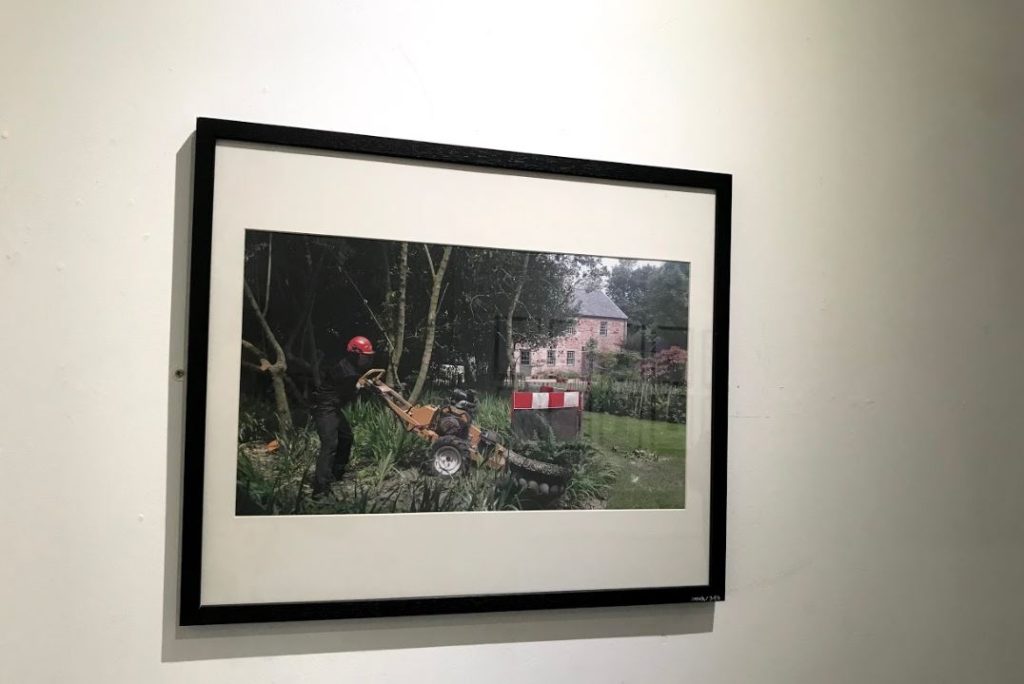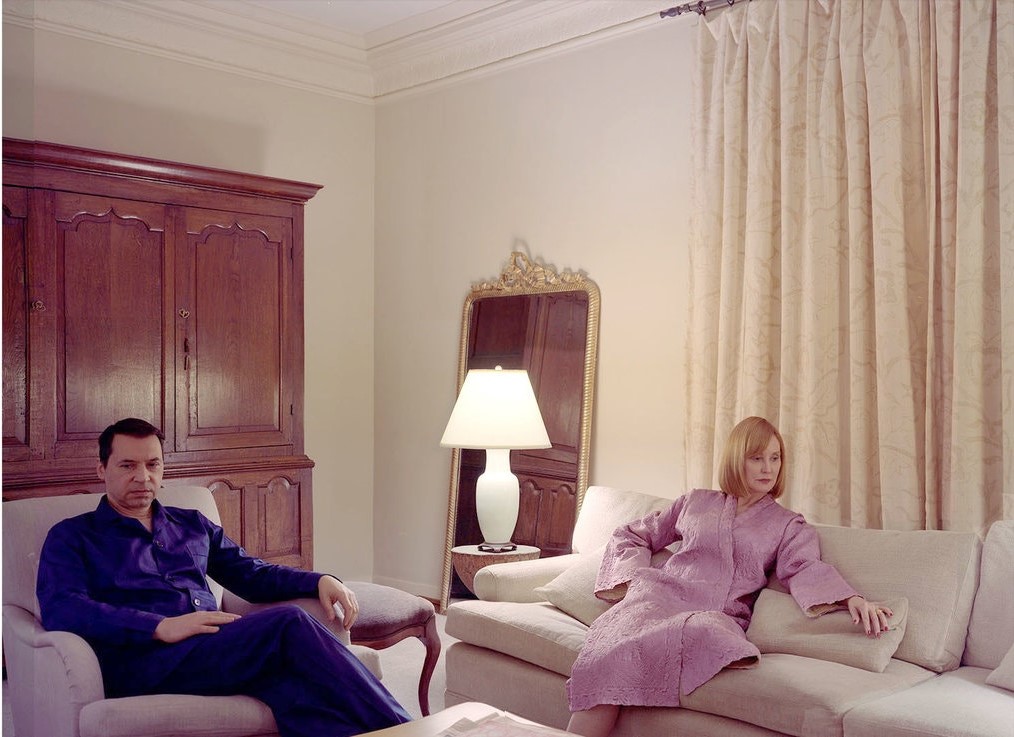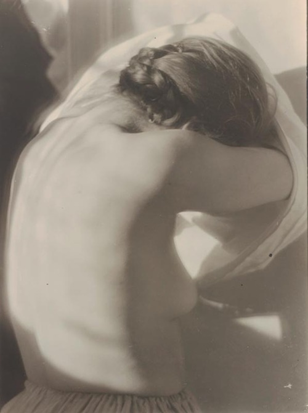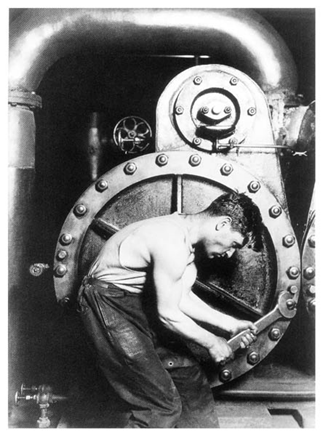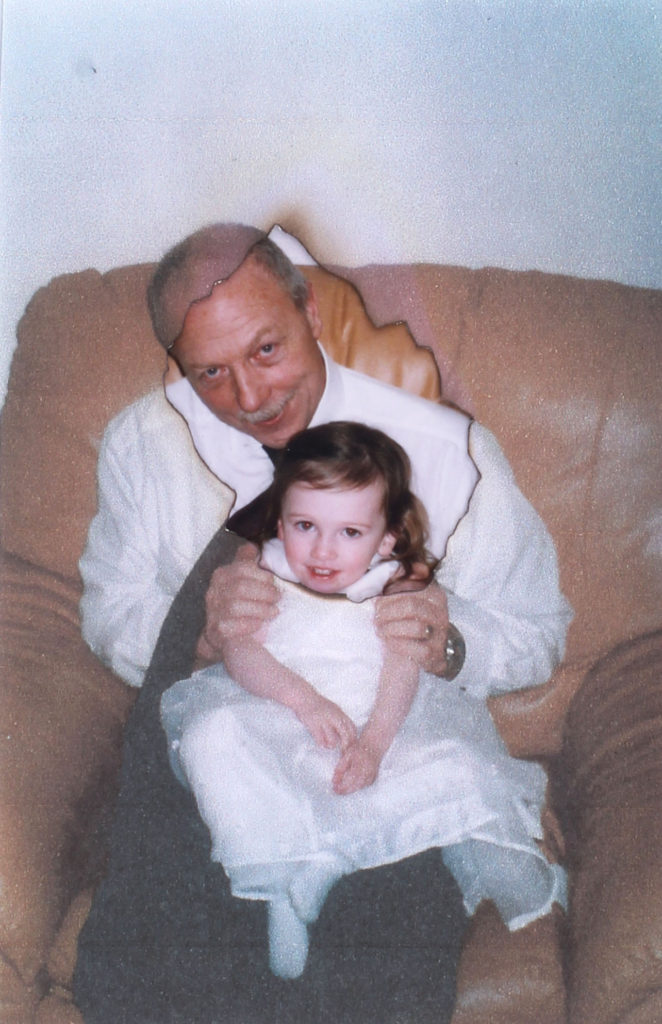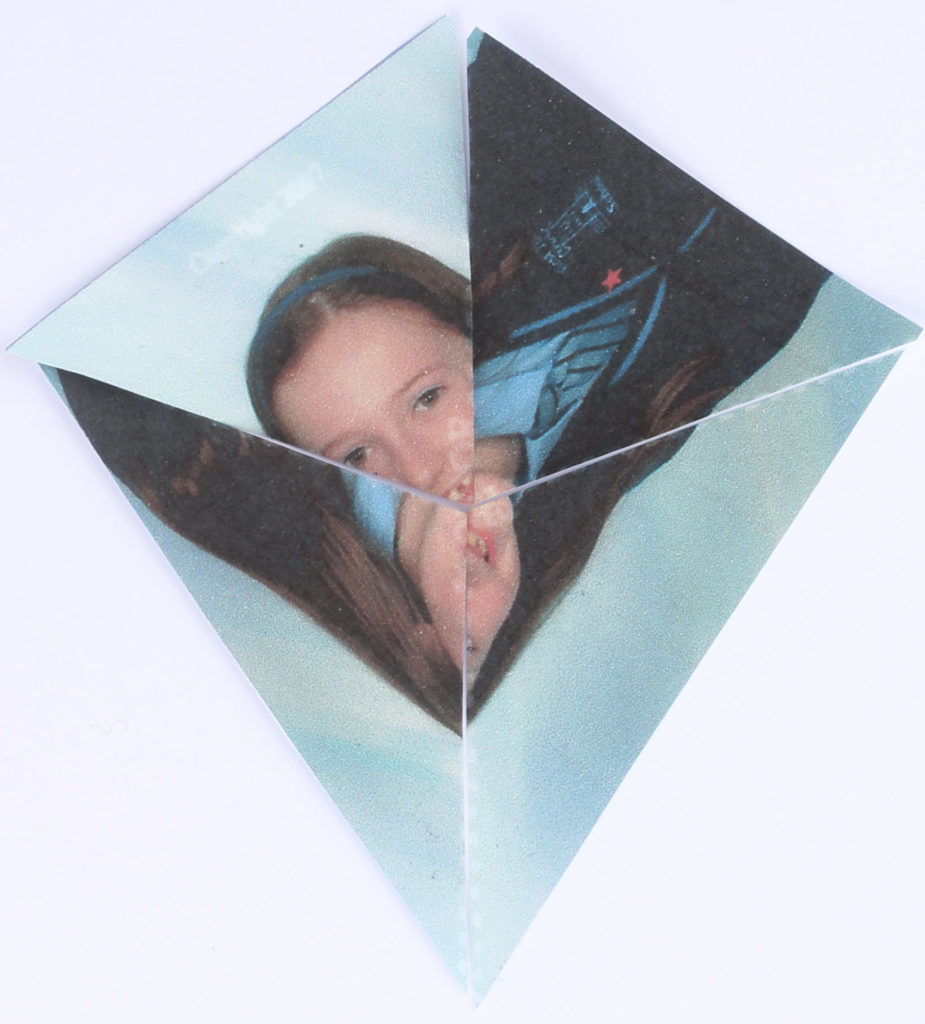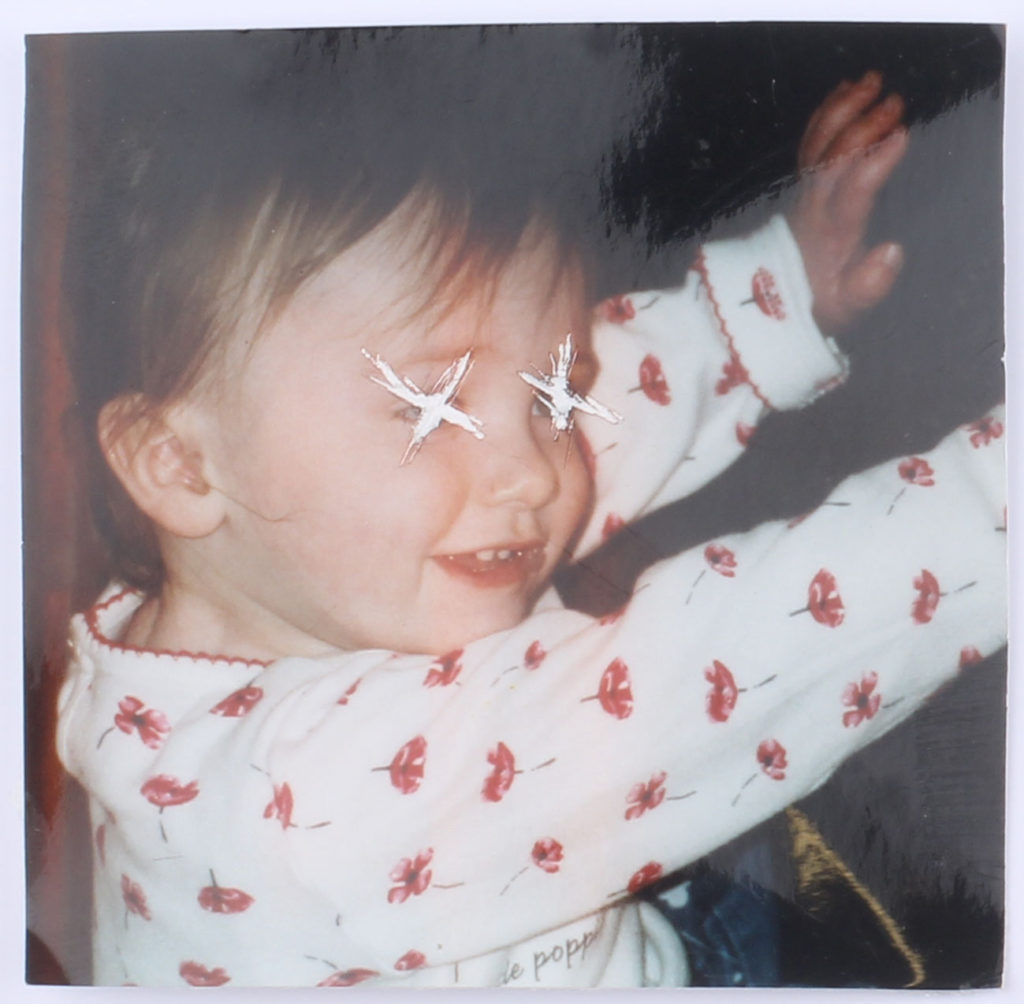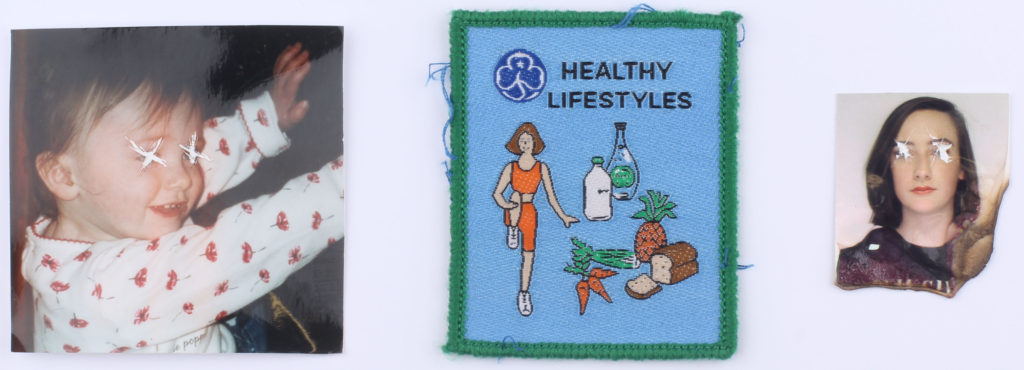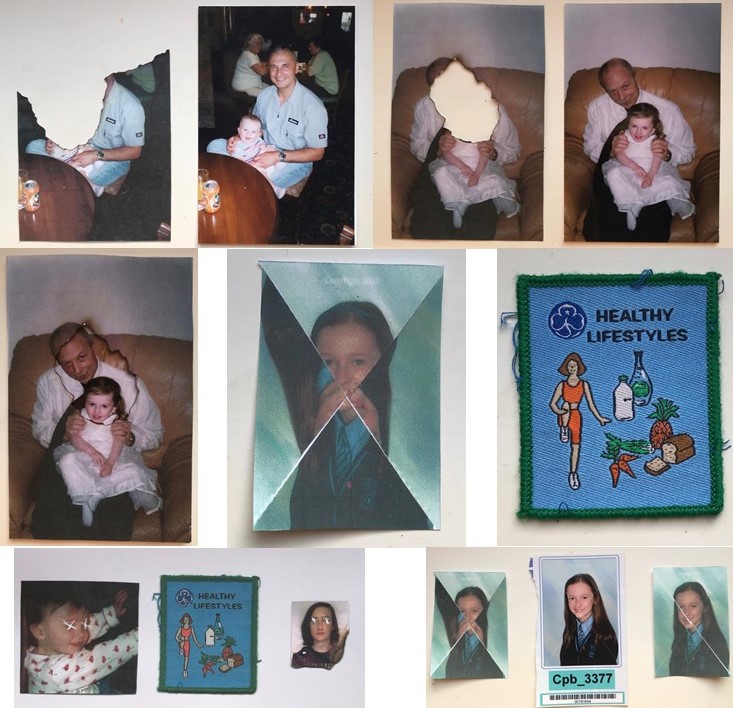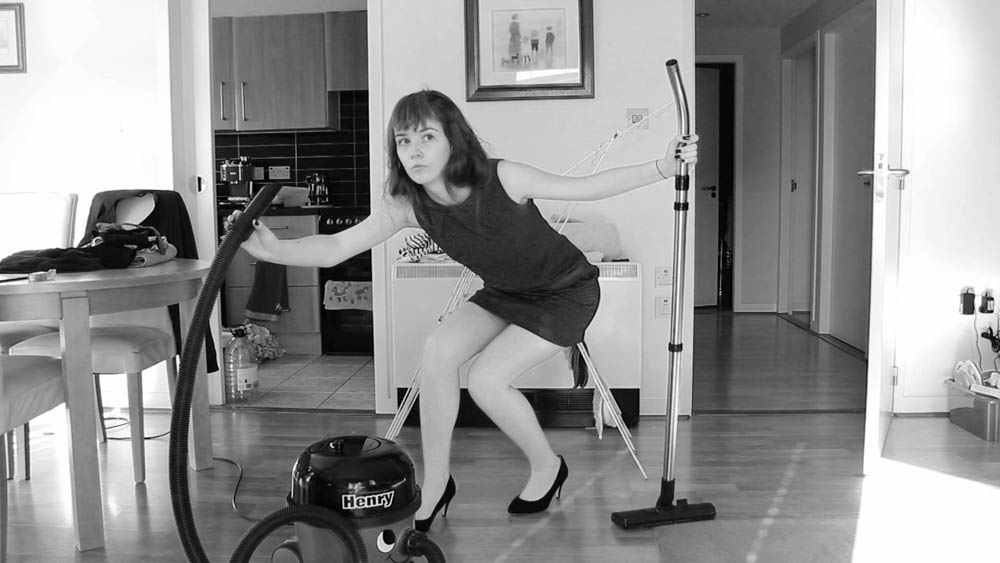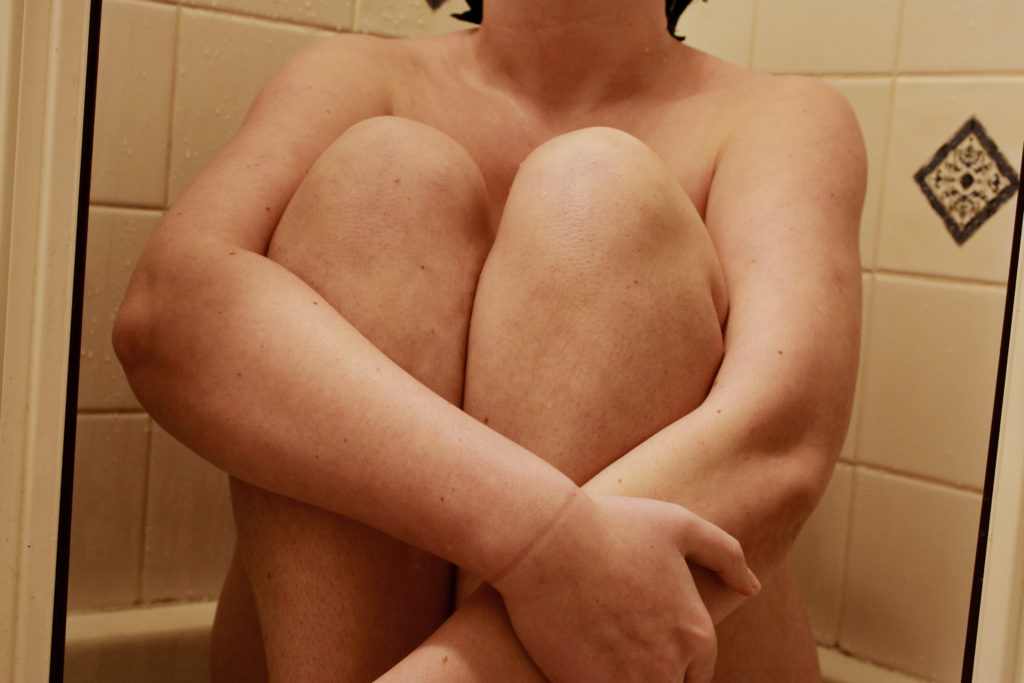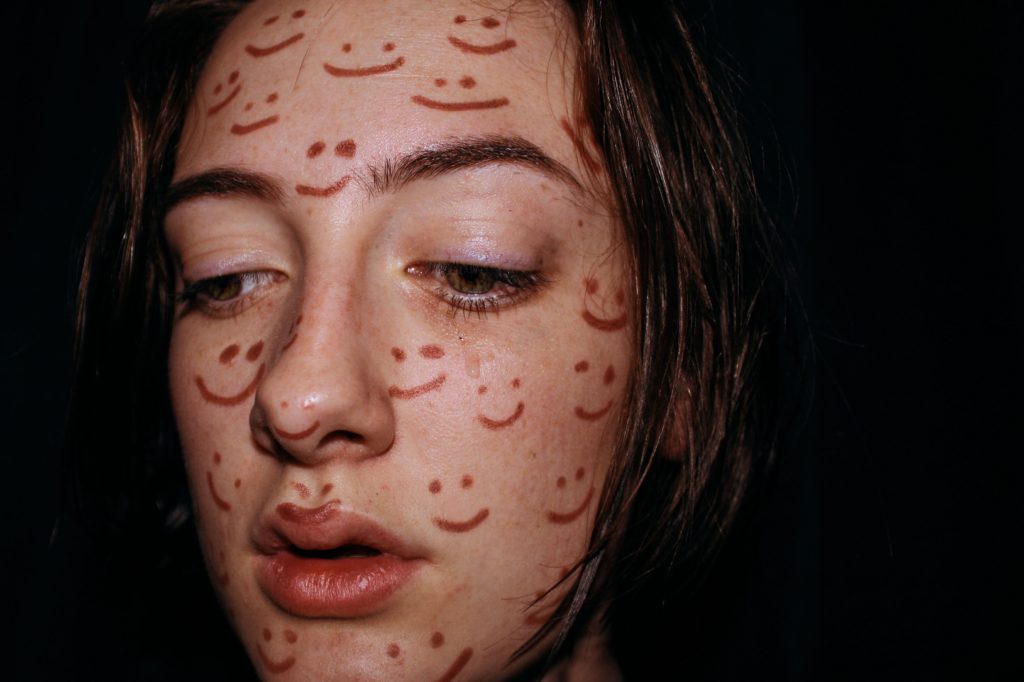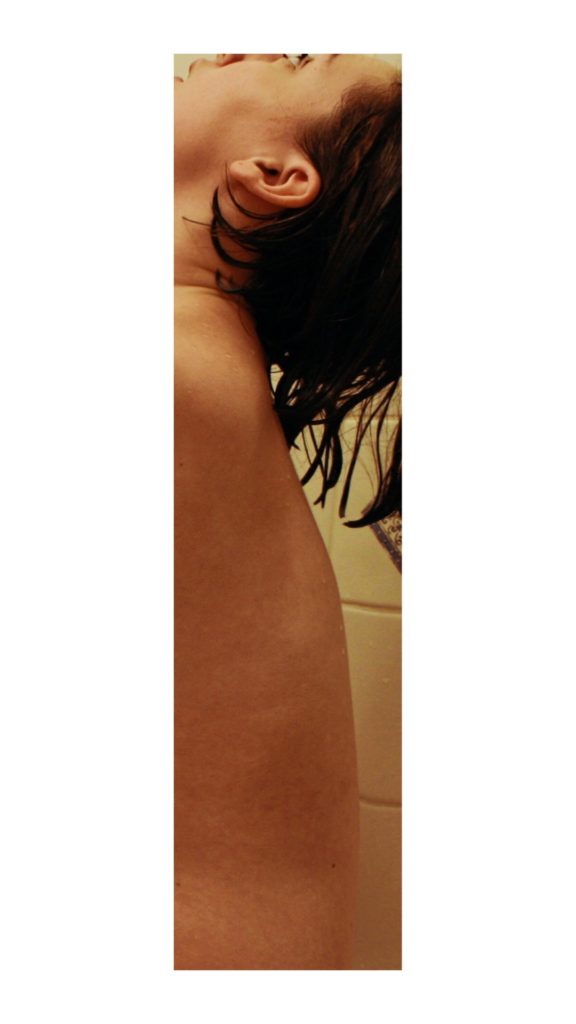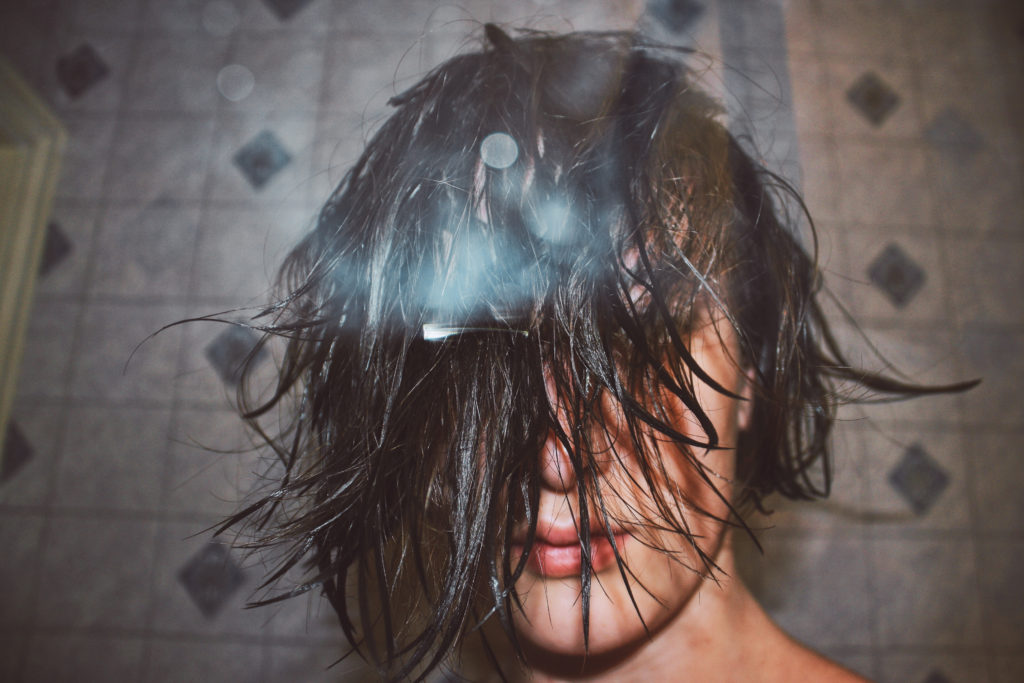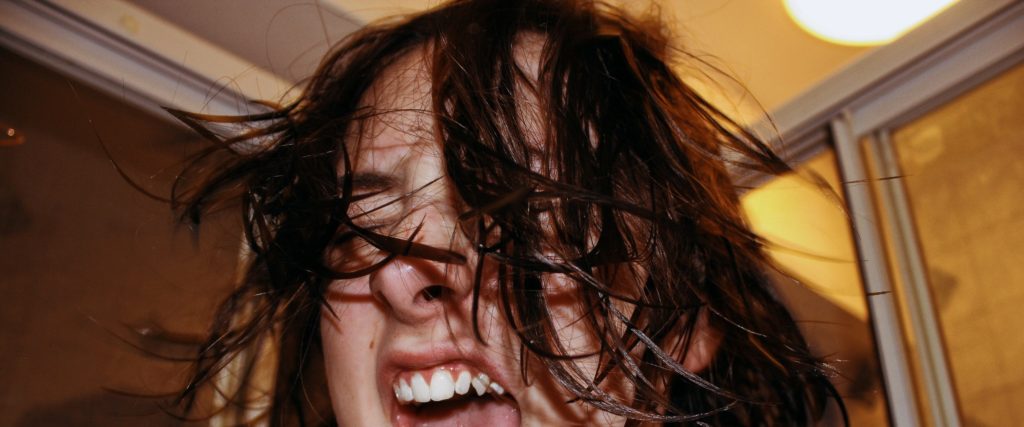Art Movements & Isms
PICTORIALISM
Time period : 1880s-1920s
Key characteristics/ conventions
From
the 1880s and onwards photographers strived for photography to be art by trying
to make pictures that resembled paintings e.g. manipulating images in the
darkroom, scratching and marking their prints to imitate the texture of canvas,
using soft focus, blurred and fuzzy imagery based on allegorical and spiritual
subject matter, including religious scenes.
Pictorialism reacted against mechanization and industrialisation. They abhorred the snapshot and were also dismayed at the increasing industrial exploitation of photography and practices that pandered to a commercial and professional establishment. The Pictorialists championed evocative photographs and individual expression and they constructed their images looking for harmony of matter, mind and spirit; the first was addressed through objective technique and process, the second in a considered application of the principles of composition and design, and the last by the development of a subjective and spiritual motive.
Artists associated
Julia Margaret Cameron (one of the first socially accepted photographers during this period) – Peter Henry Emerson ‘naturalistic photography’ – book he wrote on the romanticism of photography with rural landscapes and figures within landscapes – The Vienna camera club (Austria) – The brotherhood of the linked ring (London) – Photo secession (New York)
Key works
Julia Margaret Cameron was a photographer in the Victorian era. The bulk of Cameron’s photographs fit into two categories – closely framed portraits and illustrative allegories based on religious and literary works. In the allegorical works in particular, her artistic influence was clearly Pre-Raphaelite, with far-away looks and limp poses and soft lighting. Cameron’s photographs were unconventional in their intimacy and their particular visual habit of created blur through both long exposures, where the subject moved and by leaving the lens intentionally out of focus. – Peter Henry Emerson – In 1889 Peter Henry Emerson (1856-1936) expounded his theory of Naturalistic Photography which the Pictorialist used to promote photography as an art rather than science. Their handcrafted prints were in visual opposition to the sharp b/w contrast of the commercial print.
REALISM / STRAIGHT PHOTOGRAPHY
Time period: 1920s
Key characteristics/ conventions
Went back to photography origins, with detail and purpose not recreating paintings. (closely associated with ‘straight photography’) photography grew up with claims of having a special relationship to reality, and its premise, that the camera’s ability to record objectively the actual world as it appears in front of the lens was unquestioned. This supposed veracity of the photographic image has been challenged by critics as the photographer’s subjectivity (how he or she sees the world and chooses to photograph it) and the implosion of digital technology challenges this notion opening up many new possibilities for both interpretation and manipulation. A belief in the trustworthiness of the photograph is also fostered by the news media who rely on photographs to show the truth of what took place.
Artists associated
Paul Strand – Walker Evans
Key works
Dorothea Lange – Lewis W Hine

